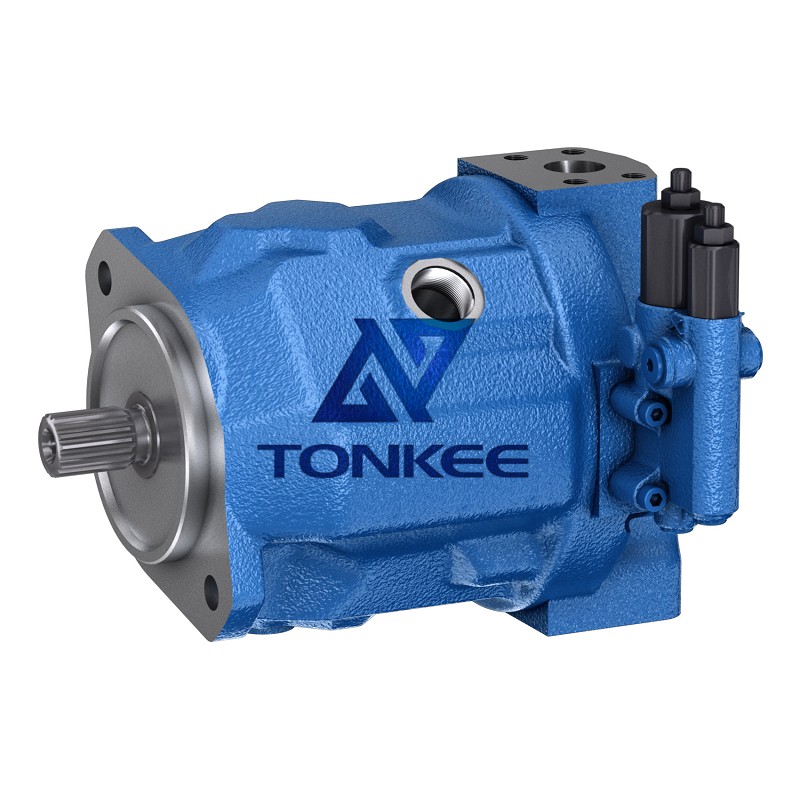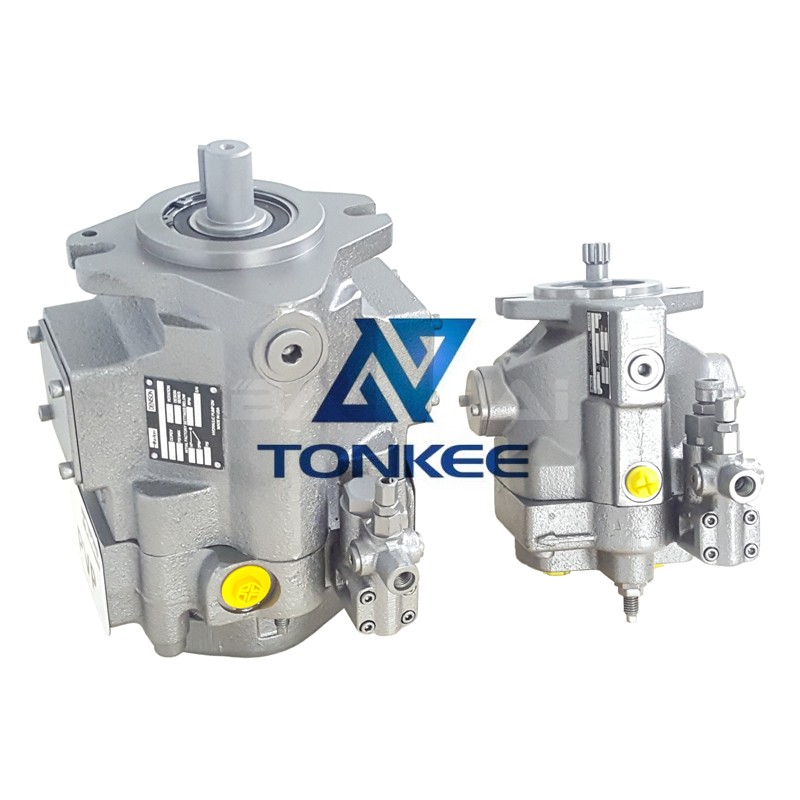
Pump Model and Series: The first specification to consider is the specific model and series of the Parker PVP pump.
The PVP series includes different models such as PVP16, PVP23, PVP33, and PVP41, each with its own performance characteristics. It is crucial to identify the correct model and series to ensure that the replacement parts are compatible.
Pump Size: Another important specification is the size of the pump. The PVP series pumps come in various sizes, denoted by the displacement volume per revolution. The size of the pump determines the flow rate and overall performance. Replacement parts should be chosen accordingly to match the size of the original pump.
Pressure Rating: The pressure rating is a critical specification for replacement parts. It refers to the maximum pressure that the pump can handle. The PVP series pumps typically have different pressure ratings, such as 2500 psi, 3000 psi, or 3500 psi. It is essential to select replacement parts that can withstand the same or higher pressure to ensure reliable operation.
Shaft Size and Type: The shaft size and type are crucial for compatibility with the existing system. The PVP series pumps may have different shaft sizes and configurations, such as splined, keyed, or tapered. The replacement parts should match the shaft size and type of the original pump to ensure proper fitment and efficient power transmission.
Mounting Type: The mounting type is an essential specification when considering replacement parts. The PVP series pumps can have various mounting configurations, including flange, foot, or face mounts. It is essential to select replacement parts that match the same mounting type to ensure proper installation and alignment.
Seal Type: The seal type is an important consideration for replacement parts.
The PVP series pumps can use different types of seals, such as lip seals, mechanical seals, or O-ring seals. Choosing replacement parts with the correct seal type ensures proper sealing and prevents fluid leakage.
Material and Coating: The material and coating of the replacement parts play a vital role in their durability and resistance to wear and corrosion. It is important to choose high-quality materials, such as stainless steel, for components that come in contact with hydraulic fluid. Additionally, certain coatings, such as chrome plating, can enhance the longevity of the parts.
OEM or Aftermarket: Lastly, the choice between OEM (Original Equipment Manufacturer) or aftermarket replacement parts is worth considering. OEM parts are produced by the same manufacturer as the original pump and are guaranteed to meet the exact specifications. Aftermarket parts are produced by third-party manufacturers and may offer cost savings but require careful evaluation of their quality and compatibility.
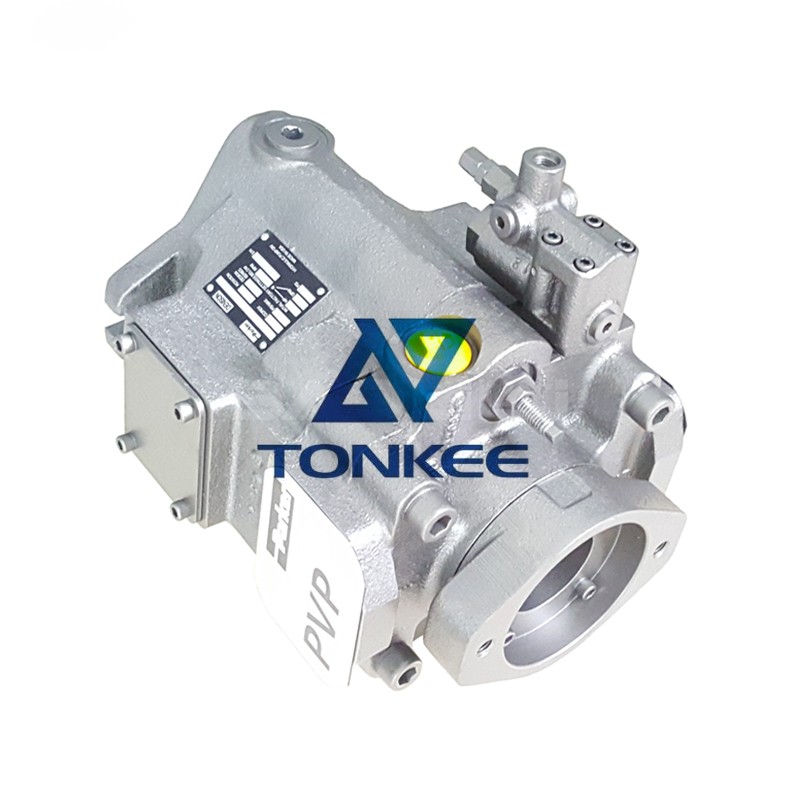
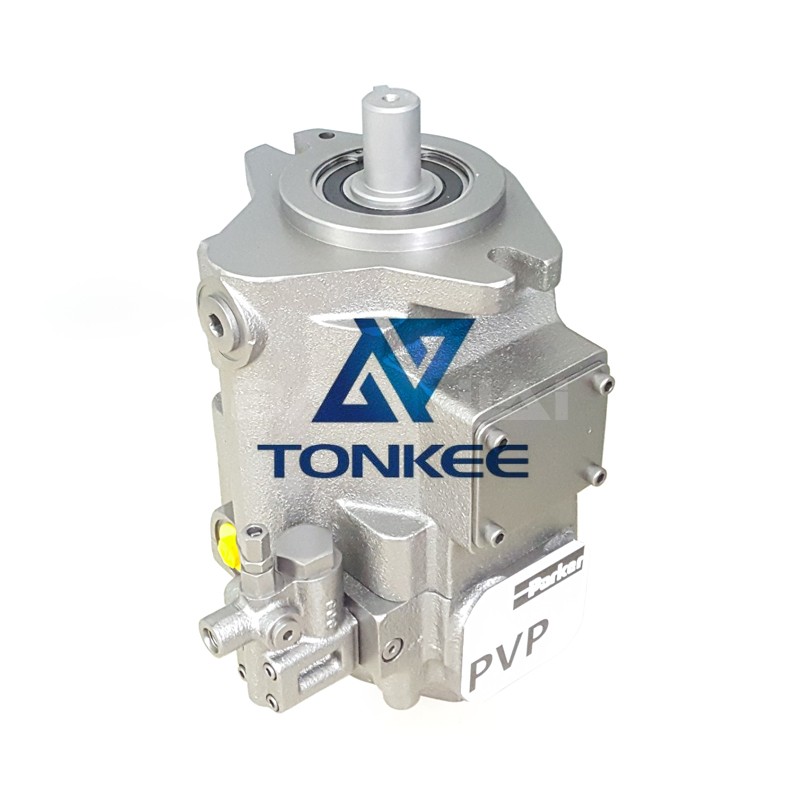
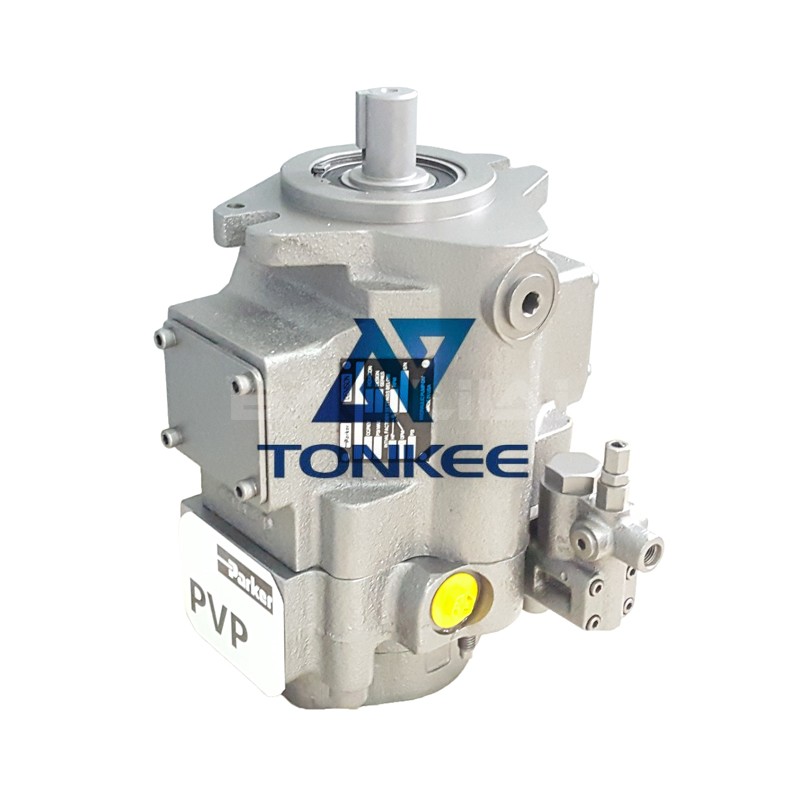





 English
English português
português Русский язык
Русский язык

